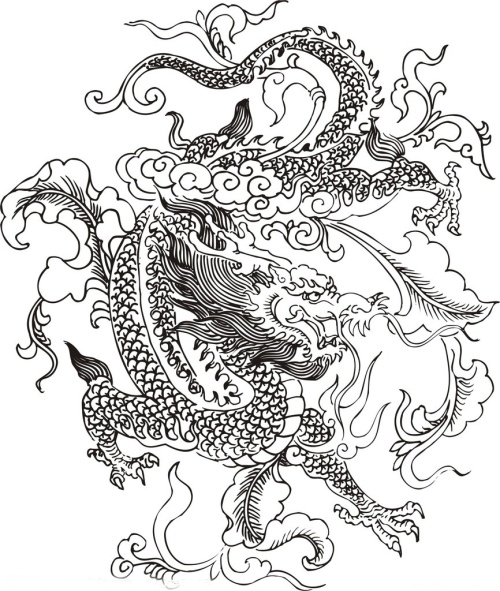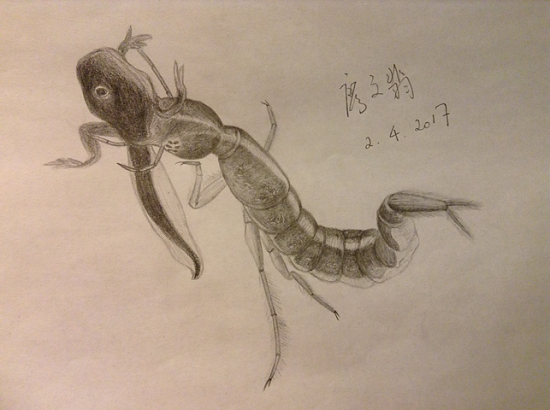People usually get panic when I tell them I study insects. Although butterflies are also insects, people’s attitudes towards them is much more positive. Recently, I got very excited about voting for a Finnish national butterfly.
When I read an article about this voting event on Helsingin Sanomat, I felt glad that I could understand most information about the butterfly candidates in Finnish. I decided to translate the information into English and Chinese, so that more people who are interested in Finnish butterflies can vote for their favourite candidate! 🙂
You can go to vote for your favourite candidate on Kansallisperhonen website (http://www.suomenluonto.fi/sisalto/kuvakilpailut/auta-valitsemaan-suomelle-kansallisperhonen/) by clicking the picture of your candidate. Then click the green button with “ÄÄNESTÄ TÄTÄ PERHOSTA!” (vote for this butterfly!) and fill in the form and “Äänestä”!
Small tortoiseshell (Aglais urticae, Picture 1.) is a butterfly prototype that is already woken up during March and April by the sun of spring. This species is the National Butterfly of Denmark.
荨麻蛱蝶 (Aglais urticae) 早在三四月就在春日的暖阳中苏醒了。它是丹麦的“国蝶”。
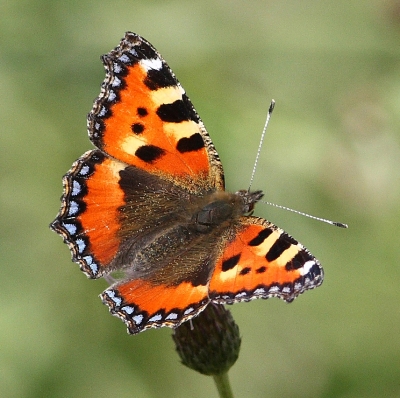
Blue underwing (Catocala fraxini, Picture 2) is a wanderer in dark nights from the end of summer to autumn. It is the largest species of Noctuidae family in Finland and Europe. Flying time: August – October.
缟裳夜蛾(Catocala fraxini)是夏末至秋季黑夜中的漫游者。它是芬兰和欧洲的夜蛾科下最大的一种夜蛾。
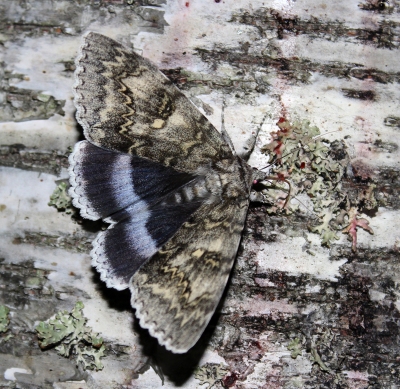
Poplar admiral (Limenitis populi, Picture 3) is a butterfly gliding in Finnish lake landscape, which has a majestic appearance. Flying time: June – July.
红线蛱蝶(Limenitis populi) 是芬兰湖泊地貌中翩翩起舞的一种蝴蝶,有皇家气质。
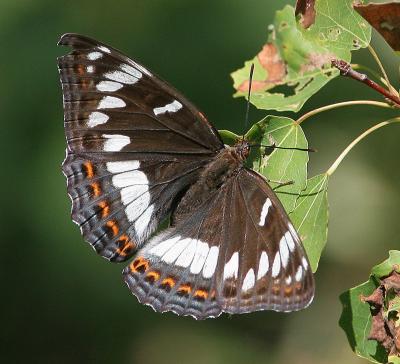
The Arran Brow (Erebia ligea, Picture 4) is a dark butterfly that is the most distinctive butterfly in forest environments. Flying time: July – August.
红带山眼蝶(Erebia ligea) 是一种深色的蝴蝶,也是芬兰森林中最容易辨认的蝴蝶。
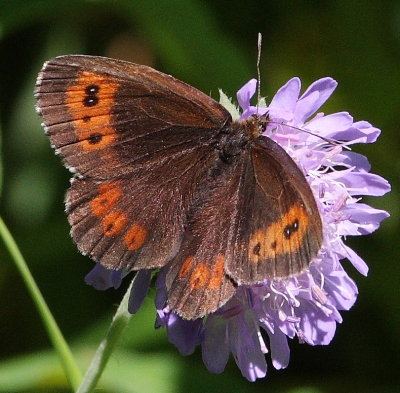
Elephant hawk-moth (Deilephila elpenor, Picture 5). Observing buzzing a moth in midsummer evenings is an experience. Flying time: June – August.
象鹰蛾(Deilephila elpenor)。在仲夏的傍晚观察嗡嗡响的象鹰蛾是一种享受。
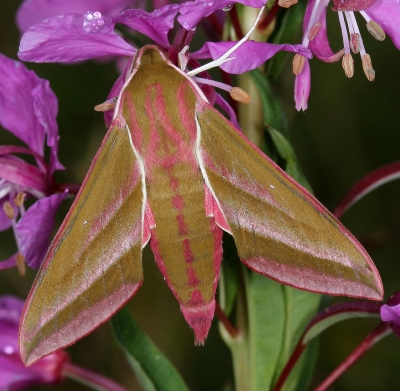
Silver-washed fritillary (Argynnis paphia, Picture 6) is the largest heliconian (longwing) in Finland. It is one of the most gorgeous butterflies at the end of summer. Flying time: July – August.
绿豹蛱蝶(Argynnis paphia)是芬兰釉蛱蝶亚科下最大的物种。它是芬兰夏末最漂亮的蝴蝶之一。
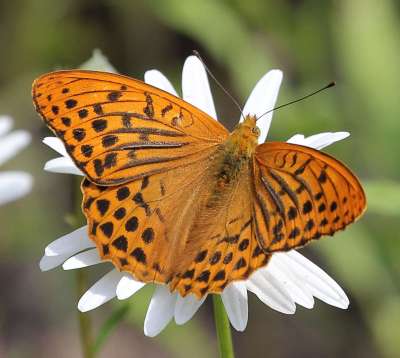
The orange tip (Anthocharis cardamines, Picture 7) cheers up the whole Finland as a clear sign for spring. Flying time: May – June.
红襟粉蝶(Anthocharis cardamines)的出现可以使整个芬兰都高兴起来——它是春天来临的标志。
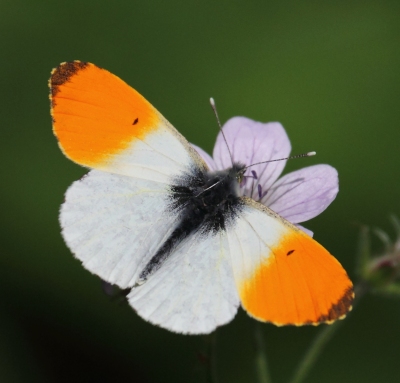
The green hairstreak (Callophrys rubi, Picture 8) is probably the most common butterfly appearing in forests during spring and summer. Its appearance cheers up everyone who visit nature. Flying time: May.
黄星绿小灰蝶(Callophrys rubi)大概是初夏之间森林中最常见的一种蝴蝶。它的出现能让远足于自然的人们振奋起来。
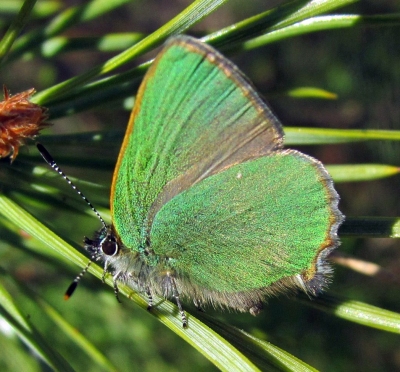
The moorland clouded yellow (Calias palaeno, Picture 9) is the most common butterfly in swamps. It jazzes up almost the who country. Flying time: June – July.
黑缘豆粉蝶(Calias palaeno)是芬兰的沼泽中最常见的蝴蝶,它让整个国家都活泼起来。
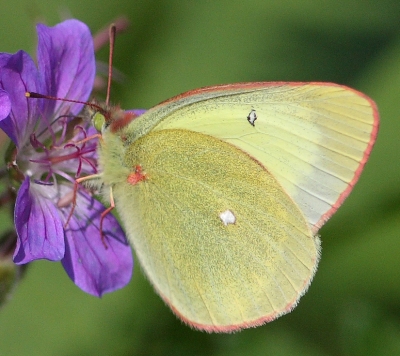
Scarce copper (Lycaena virguareae, Picture 10) is a copper species that often can be seen as a shining flash in meadows at the end of summer. Flying time: July – August.
斑貉灰蝶 (Lycaena virguareae) 是芬兰灰蝶亚科下的一个物种。夏末的花甸中常常有斑貉灰蝶闪烁的身影。
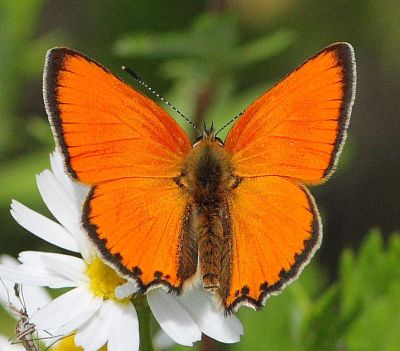
The large emerald (Geometra papilionaria, Picture 11). Bright lights attracts this flying green moth in night’s darkness. Flying time: July – August.
蝶青尺蛾(Geometra papilionaria) 在夜晚会被明亮的灯光所吸引。
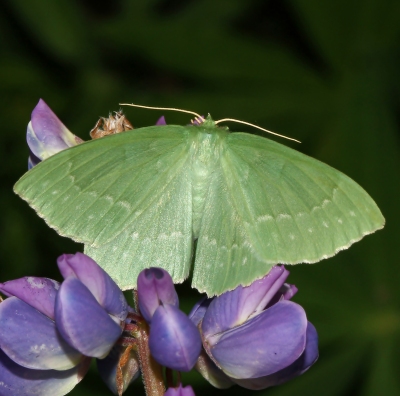
The bedstraw hawk-moth (Hyles gallii, Picture 12). The “northern hummingbird” is a wanderer, which can be seen refueling by flowers also in the most northern mountain regions.
深色白眉天蛾 (Hyles gallii) 在芬兰也被称为“北方蜂鸟”。在芬兰最北的山区我们可以见到正在吸花蜜的深色白眉天蛾。
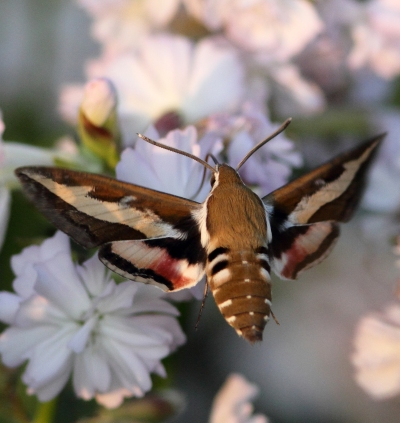
The common brimstone (Gonepteryx rhamni, Picture 14) is a butterfly that toughly overwinters under the snow. It is the first colour during spring in Finland. Flying time: April – August.
钩粉蝶(Gonepteryx rhamni)是真汉字,在雪下过冬。它是芬兰春天的第一抹颜色。
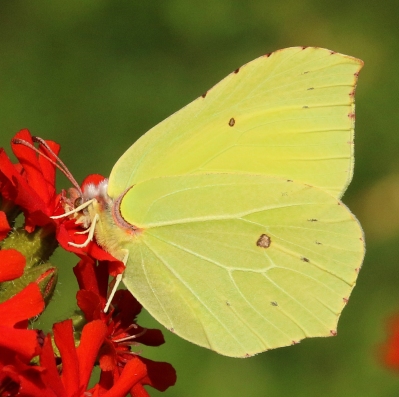
The European peacock (Aglais io, Picture 15) has become more common during last decades and has adapted to the North climate. Flying time: April – May / July – September.
孔雀蛱蝶(Aglais io)在过去的几十年里成为了一个常见的物种,它已经适应了芬兰北方的气候。
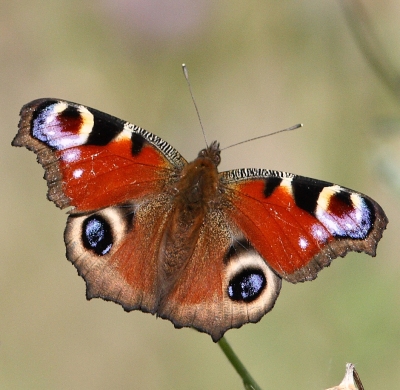
The tau emperor (Aglia tau, Picture 16) is a large butterfly species with blue eye-like spots. It is a familiar sight in forests during spring and summer. Flying time: April – June.
丁目大蚕蛾(Aglia tau)是一种长着“蓝眼睛”的大蛾子。飞舞的丁目大蚕蛾是在春夏之际的森林里一抹熟悉的风景。
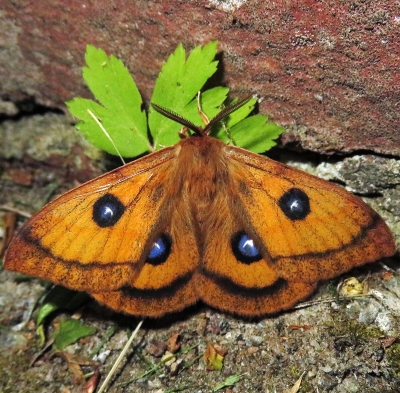
The holly blue (Celastrina argiolus, Picture 17) is a little bright-blue spring bringer, and it is one of the most common gossamerwinged butterflies (Lycaenidae). Flying time: May – August.
琉璃灰蝶 (Celastrina argiolus)是一种两蓝色的小蝴蝶,它是春的使者。琉璃蝴蝶是灰蝶科下最常见的物种之一。
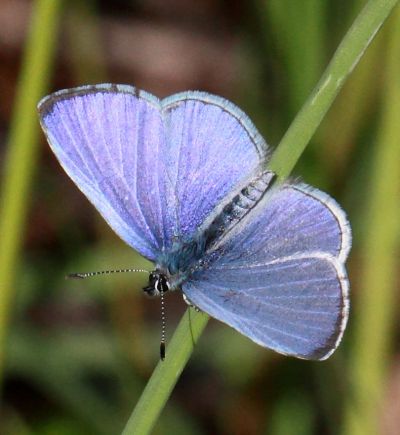
The clouded buff ( Diacrisia sannio , Picture 18) is a caramel-coloured moth during midsummer. It is often seen by particularly swamp hikers. Flying time: Summer – July.
排点灯蛾 ( Diacrisia sannio) 是仲夏之际可以见到的一种焦糖色蛾子。它常常撞上在沼泽附近远足的人。
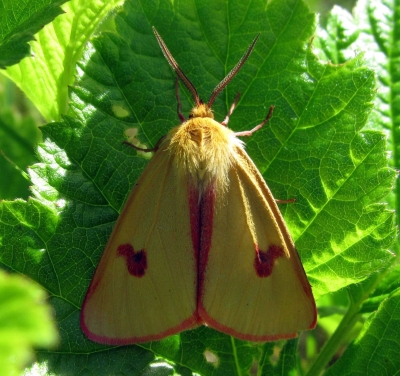
Scarce fritillary (Euphydryas maturna, Picture 19). This territory-aware butterfly has East exoticism – its most occurences in EU are in Finland. Flying time: June.
豹纹金堇蛱蝶 (Euphydryas maturna) 是一种区域意识性很强的蝴蝶,具有东方的异域风情——它在欧盟内的分布主要在芬兰。
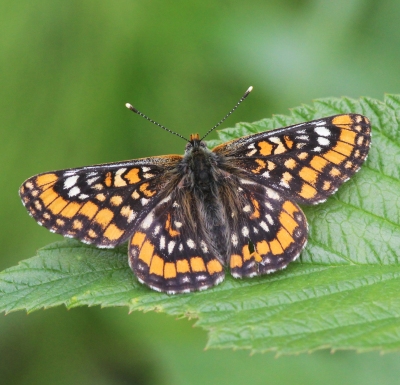
The Old World swallowtail (Papilio machaon, Picture 20) is the largest and most distinctive butterfly in early summer. Flying time: June.
金凤蝶(Papilio machaon) 是芬兰初夏最大最易辨认的蝴蝶。
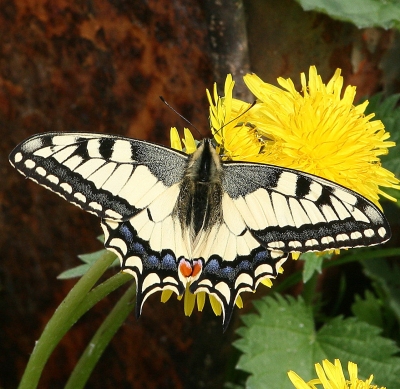
The Camberwell beauty (Nymphalis antiopa, Picture 21) is large and looks like a dark velvet with creamy white margins. Flying time: April – August.
黄缘蛱蝶 (Nymphalis antiopa) 是一种较大的蝴蝶,它看起来像是一片带着奶白色的天鹅绒。
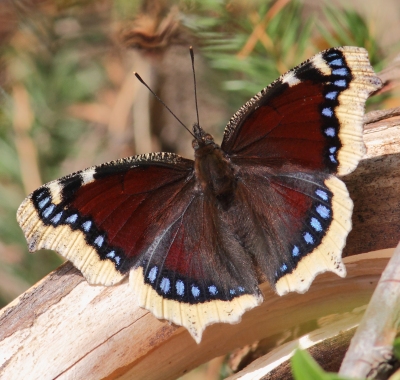
The pictures and Finnish texts are from http://www.suomenluonto.fi/sisalto/kuvakilpailut/auta-valitsemaan-suomelle-kansallisperhonen/

